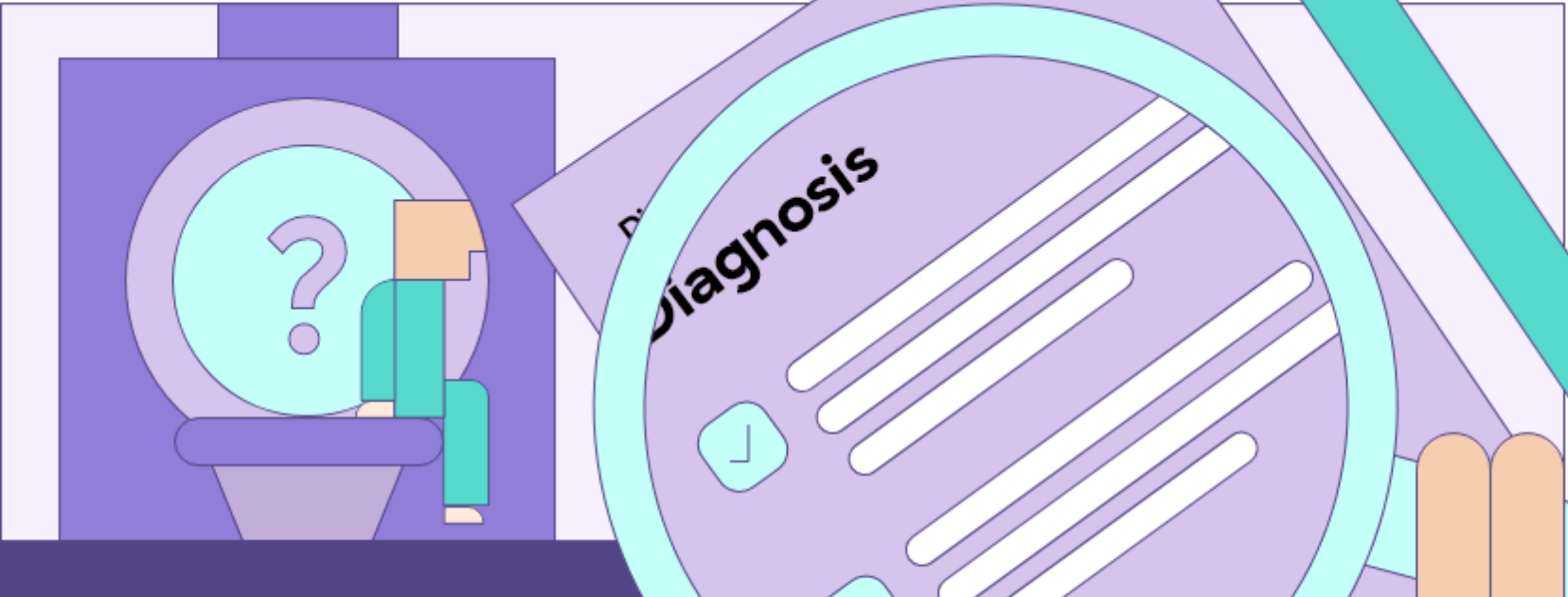MRI works by using a strong magnetic field to align the protons in the water molecules in the body.
When a radiofrequency pulse is applied, the protons absorb energy and change their alignment.
When the radiofrequency pulse is turned off, the protons release the energy they absorbed and
realign with the magnetic field. This realignment of the protons produces a signal detected by the
MRI scanner. It is used to create images of the body.
A more comprehensive overview of the science behind MRI imaging is provided in the following
video (Science Museum, 2019):
https://www.youtube.com/watch?v=nFkBhUYynUw 